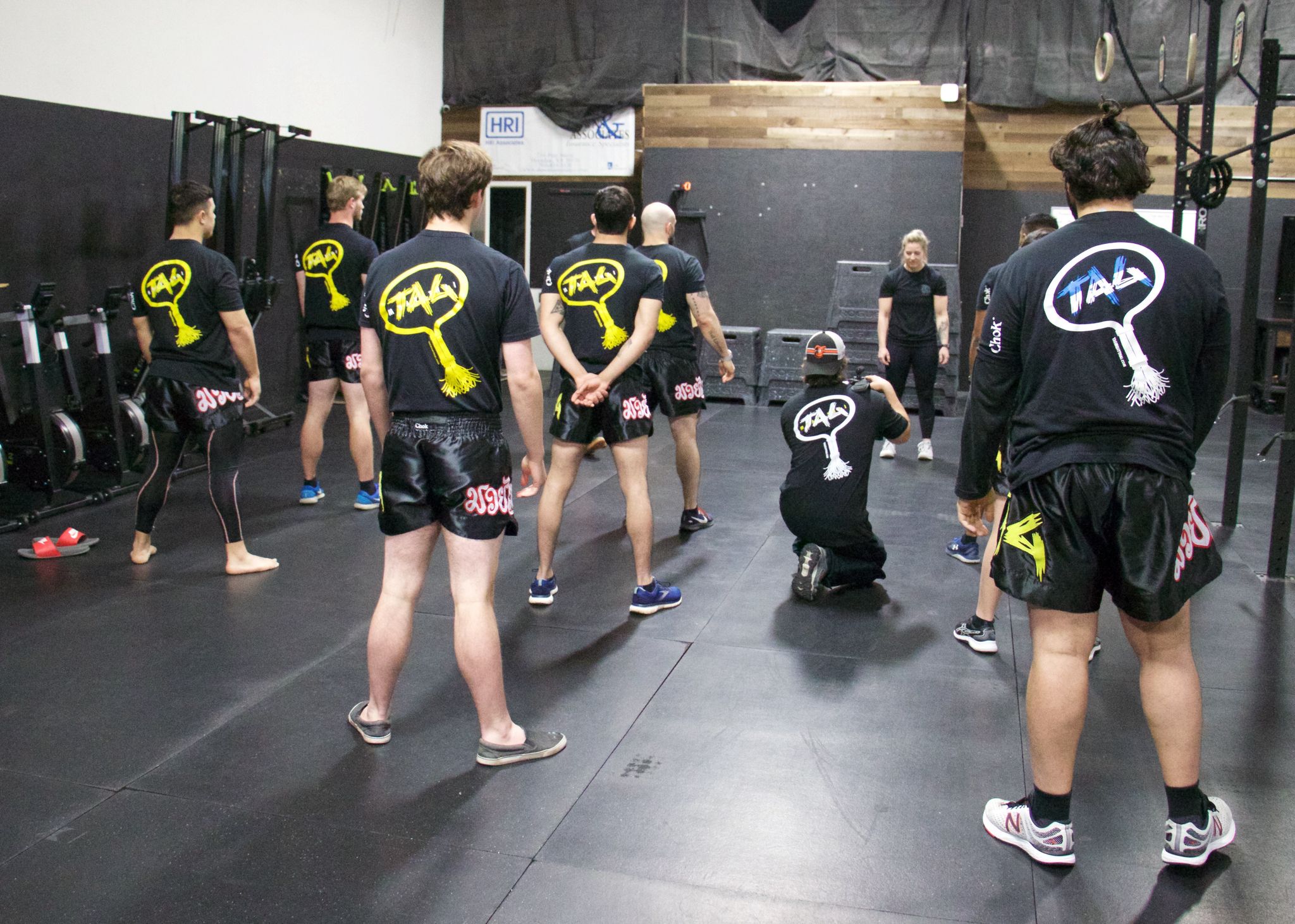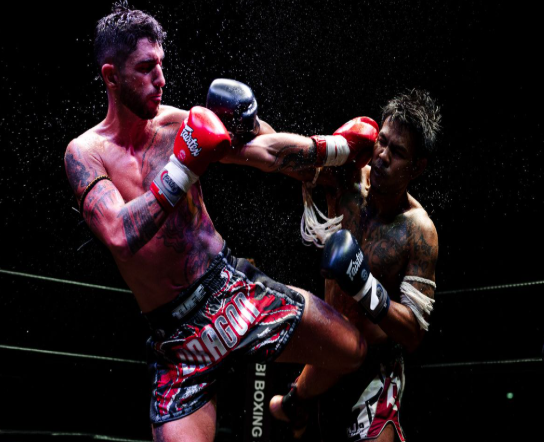Martial arts have been practiced for centuries, each with its own distinct philosophy, techniques, and training methods. Among them, Muay Thai, also known as the “Art of Eight Limbs,” stands out for its powerful strikes, rigorous training, and deep cultural roots. But how does Muay Thai compare to other martial arts such as Karate, Taekwondo, Boxing, Brazilian Jiu-Jitsu (BJJ), and MMA? In this guide, we explore what makes Muay Thai unique and how it differs from other combat sports.

1. The Fighting Style – What Sets Muay Thai Apart?
Muay Thai is a striking-based martial art that utilizes the hands, elbows, knees, and shins to deliver powerful attacks. Compared to other martial arts, its full-body striking system makes it one of the most well-rounded stand-up fighting styles.
How Muay Thai Differs from Other Martial Arts:
Karate: Focuses on rigid stances and point-based scoring rather than continuous striking.
Taekwondo: Emphasizes flashy, high kicks rather than full-body strikes.
Boxing: Uses only punches, whereas Muay Thai incorporates elbows, knees, and kicks.
Brazilian Jiu-Jitsu (BJJ): A ground-based grappling art compared to Muay Thai’s striking techniques.
MMA (Mixed Martial Arts): Incorporates Muay Thai but blends it with wrestling and submission techniques.

2. The Use of Eight Limbs – The Core of Muay Thai
One of the biggest differences between Muay Thai and other martial arts is its “eight limbs” striking system:
Fists (2) – Used for jabs, crosses, hooks, and uppercuts.
Elbows (2) – Devastating short-range strikes for cutting and knocking out opponents.
Knees (2) – Effective in clinching and close-range attacks.
Shins (2) – Used for powerful kicks, often replacing foot-based kicks seen in Karate or Taekwondo.
Muay Thai is traditionally known as the art of eight limbs, utilizing punches, kicks, elbows, and knees. However, historically, there was a ninth weapon—the headbutt. In ancient Muay Boran, headbutts were a devastating tool in close-range combat. While modern Muay Thai rules have phased out headbutts for safety reasons, they remain a part of older styles and are still seen in some bare-knuckle or Lethwei fights today.
Why This Makes Muay Thai Unique:
Unlike Boxing, which relies only on punches, Muay Thai allows for a greater variety of attacks.
Unlike Taekwondo and Karate, where the focus is mainly on kicking, Muay Thai blends all striking elements into a seamless fighting style.

3. Clinching and Sweeps – A Unique Tactical Advantage
Clinching is an advanced technique in Muay Thai where fighters control and strike their opponent up close. It is not commonly used in most striking martial arts.
How Muay Thai Clinching Differs:
Boxing clinch: Used to break up fights, whereas Muay Thai clinch allows striking.
MMA clinch: Includes wrestling techniques, whereas Muay Thai clinch focuses on control and knee strikes.
Karate and Taekwondo: Rarely incorporate clinching techniques.

4. Muay Thai’s Training Intensity – A Tougher Approach
Muay Thai training is intense and physically demanding, involving endurance, strength, and technique drills.
Muay Thai Training vs. Other Martial Arts:
Boxing: Focuses heavily on footwork, head movement, and hand speed but lacks lower-body strikes.
Taekwondo: More emphasis on flexibility and acrobatics rather than endurance and power.
Brazilian Jiu-Jitsu (BJJ): Grappling-based training requires strength, but not striking endurance.
5. Muay Thai for Self-Defense – A Practical Choice?
Muay Thai is highly effective for self-defense due to its realistic combat applications.
How Muay Thai Compares:
Boxing: Good for defending against punches, but lacks lower-body defense.
BJJ: Effective for ground fighting, but less useful in stand-up self-defense.
Karate/Taekwondo: May require additional training for real-world applications.
6. Muay Thai’s Cultural and Spiritual Roots
Muay Thai is deeply connected to Thai culture, featuring traditions like the Wai Kru Ram Muay, a dance performed before fights to show respect.
Cultural Aspects That Make Muay Thai Unique:
Strong ties to Buddhist and Thai warrior traditions.
Use of Mongkol (headbands) and Prajiads (armbands) for protection and respect.
Traditional Thai music played during fights, enhancing the atmosphere.
7. Muay Thai in Modern Combat Sports – Its Role in MMA
Muay Thai has become one of the most essential striking arts in Mixed Martial Arts (MMA) due to its powerful striking, clinch work, and conditioning.
How Muay Thai Translates to MMA:
Used by top UFC fighters for striking dominance.
Effective for stand-up control and defending against takedowns.
Muay Thai’s clinch and elbow strikes give fighters an edge in close combat.
8. Choosing the Right Martial Art – Is Muay Thai for You?
If you are looking for a martial art that focuses on striking power, endurance, and practical self-defense, Muay Thai is an excellent choice.
Who Should Train in Muay Thai?
Beginners: Those looking for an effective and straightforward martial art.
MMA Fighters: Those wanting to improve their striking skills.
Fitness Enthusiasts: Those seeking a full-body workout with cardio and strength benefits.
Conclusion
Muay Thai stands out from other martial arts due to its full-body striking system, powerful clinching techniques, and intense training regimen. Whether you are training for self-defense, fitness, or competition, Muay Thai offers unique advantages that make it one of the most effective martial arts in the world.
If you are interested in starting your Muay Thai journey, find a Muay Thai gym in Sterling, Virginia and begin training today!







